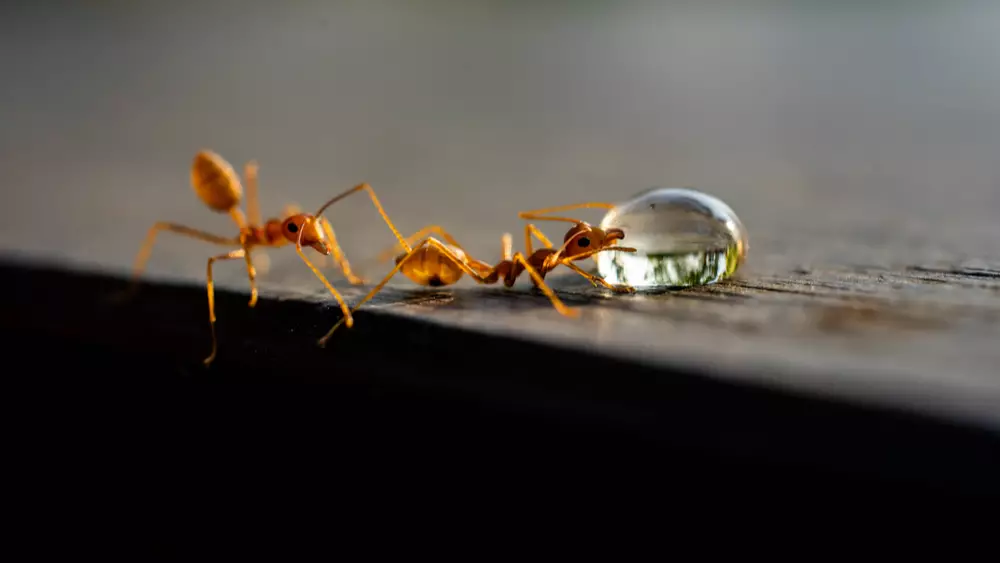
With sandy soil common throughout South Florida, there can be little notice that tiny red pests are about to make your feet and legs a target of their painful stings. They are quick to ruin any outdoor event you may be having, and your kids will not want to play in the yard if they are around. Unfortunately, the prevalence of invasive bugs has led to homeowners needing to understand fire ant treatments for both prevention and dealing with current infestations on their property. So we’ve put together a brief guide on how they operate, potential dangers, and what you can do to limit their impact.
The Differences Between Fire Ants and Other Species
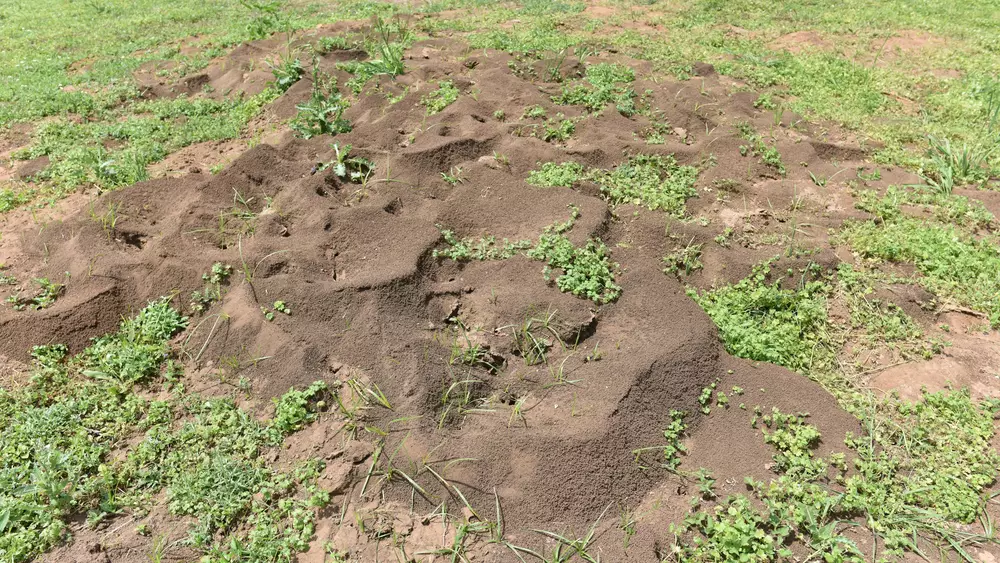
In addition to the painful reminder that they like to be left alone, fire ants have several distinguishing features that can help you identify if you have a problem on your hands.
While there are differences in shape (the middle part of the body has two parts) compared to other predominantly red ants, you probably don’t want to get that close to a colony’s mound to find out.
Instead, focus on both behavior and mound structure. Mounds can range in size up to 18 inches in height, but unlike those of other types of ants, there is no volcano-like exit in the center of the mound. Instead, exits come from underground tunnels. But the simple test is to use a long branch and disturb the mound. If there is any quick response, you likely need to consider fire ant treatments.
The Dangers of Fire Ants
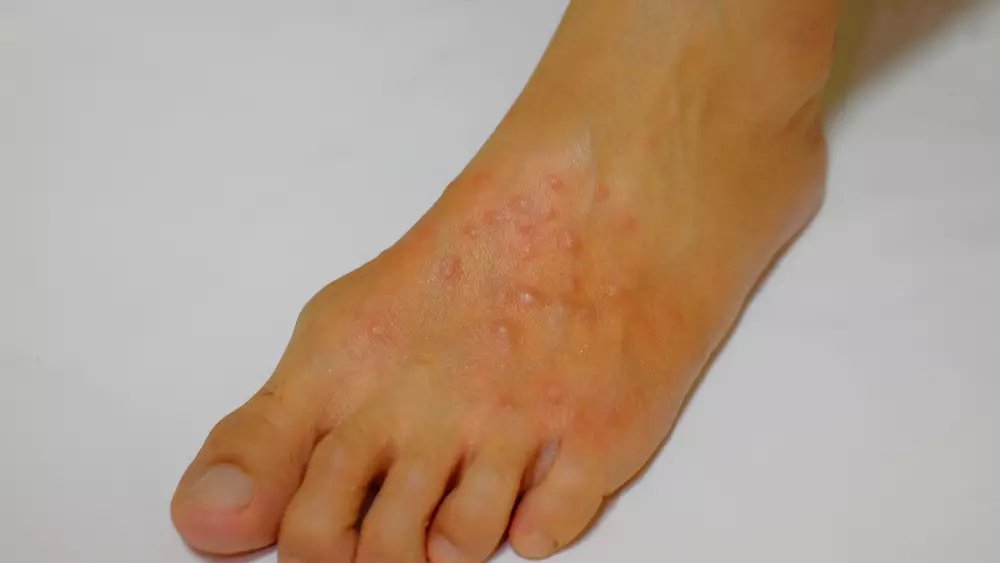
There are two key issues with fire ants—their sting and their resilience. While many people think of them as “biting,” they actually latch on to a creature that disturbs them or their colony and begins using a stinger. They may be able to attack up to three times before an adult can swipe them off. Unfortunately, infants and the elderly may be unable to do so themselves. These pests pose a risk for humans but can be especially bad for pets.
Fire ants can be more dangerous to pets than to humans. If for no other reason, they can’t swipe them off as easily as we can, and they may not know to get away from the mound. For most pets, the stings will just be painful and irritate the skin. However, if your pet is really old, really young, slow to move, or has other health issues, these stings could be fatal.
While rare, the venom can produce an allergic reaction and require medical treatment. Even when that does not occur, pus-filled sores will form where the stings occurred and require treatments similar to any other bug bite.
The other issue with fire ants for humans and animals alike is their resistance to many repellents. These are ineffective because the insect is not feeding but rather engaging in a defense mechanism. In addition, many have developed resistance to some pest control methods.
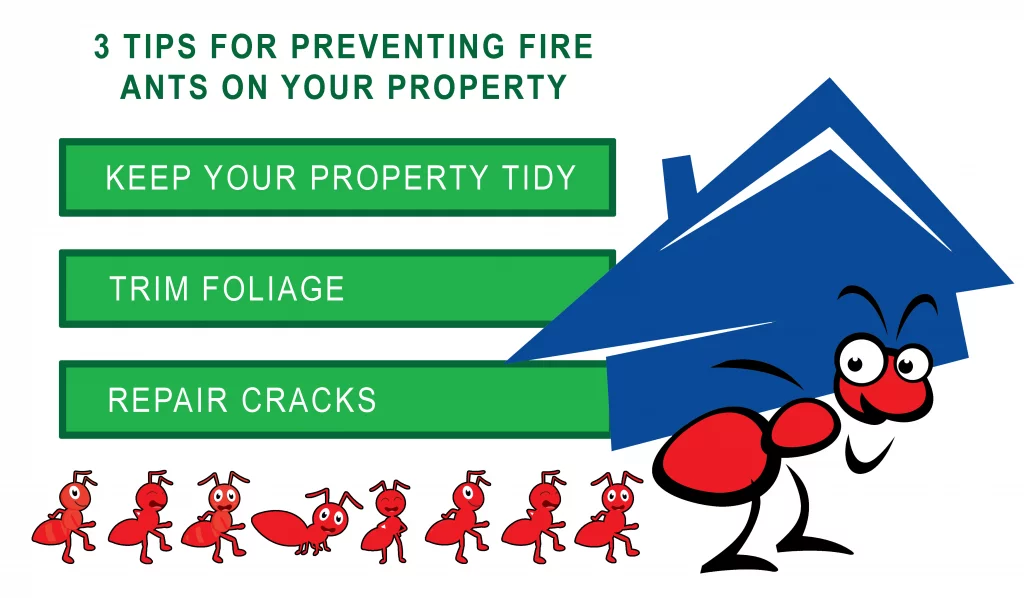
Preventing the Need for Fire Ant Treatments
Fire ants are as much a part of the pest ecosystem in South Florida as mosquitoes and termites. However, there are several ways to keep your yard and property from appealing to ants of all kinds, including invasive species. The barrier method is the most effective way to protect yourself and your family from them. These steps include:
- Keep your property tidy – Keeping trash cans closed and debris cleared, limits the opportunity for worker fire ants to find food that will lead to a colony solidifying its presence near your home.
- Trim foliage and avoid plants with large seed pods – Ants, and fire ants especially, will target seeds that contain oils essential for processing high amounts of protein.
- Repair cracks and other entrances – Fire ant colonies tend to follow the path of least resistance. In addition to maintaining your landscape, you may also want to repair cracks in windows, doors, and in building foundations to prevent these pests from entering your home.
Unfortunately, even with these tips, you may still require professional fire and treatments.
Trying to Control Small Infestations
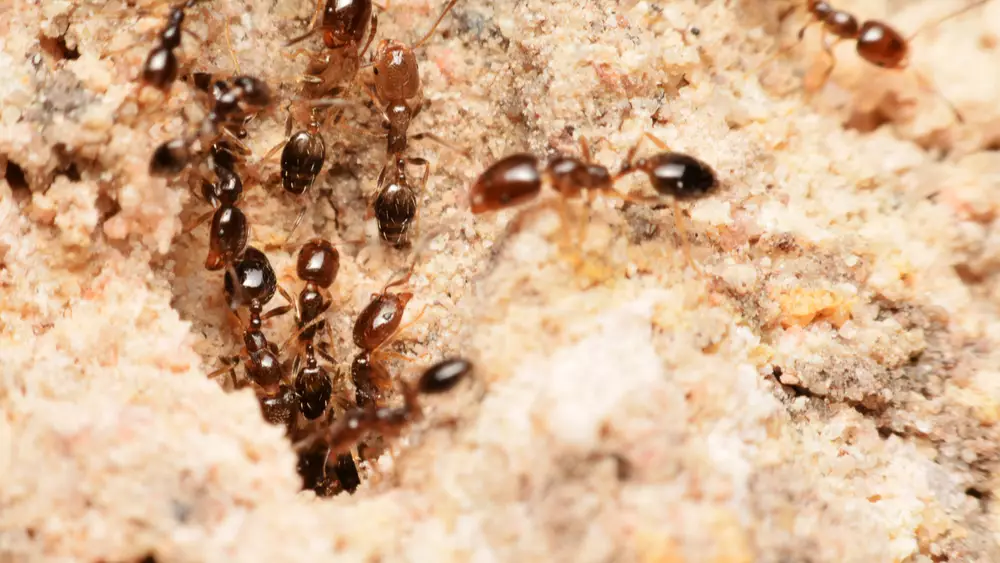
It’s possible to perform your own fire ant treatments if you can see mounds or other evidence of them around your property. You can begin by setting fire ant bait around your property near any visible mounds. According to the IFAS Extension of the University of Florida, there are a few ways to treat fire ant mounts without using chemicals, which include:
- With a baby-powder-coated shovel to prevent fire ants from crawling up, you can attempt to dig up the colony. However, be aware that colonies can be several feet underground.
- Pour at least three gallons of boiling water onto the mound and any other entrances that you can find nearby. This treatment’s success rate ranges from 20-60% due to the constellation of pathways.
- Consider adding citrus oil, which is toxic to fire ants, to boiling water and pouring the mixture onto the mounds.
Keep in mind that there are numerous sprays and other pesticides advertised as working on fire ants that can be beneficial in the short term, but may cause a bigger long-term problem.
By using the spray, you may end up confusing the ants but not killing all of them. Instead, they may spread out or travel in circles to find new colonies or create a larger area of fire ant infestations than you first had.
Get Help with Professional Fire Ant Treatments
At Nozzle Nolen, we understand that keeping up with fire ant treatments and prevention can feel like a full-time job. Well, it is. It’s ours, and we are here to help. Our 365 Complete Plan includes quarterly visits that focus on barriers for insects of all kinds.
Fire ant protection is included in our monthly lawn service, which will also include protection from fleas and ticks to keep your lawn safe for your family and pets.
Call us at 1-800-226-6536 or Contact Us to book your free consultation. We look forward to serving you.

